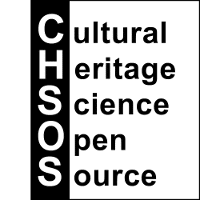Reflectance Transformation Imaging (RTI) is an advanced imaging technique used in cultural heritage preservation to capture the surface details of objects with remarkable precision. RTI involves taking multiple photographs of an object under different lighting angles and combining them using specialized software. This process creates an interactive, relightable image that reveals intricate surface textures and features, such as tool marks, inscriptions, and surface wear, that may be difficult to see with the naked eye. Applications of RTI in cultural heritage include:
Artifact Analysis: RTI allows researchers to examine fine details on artifacts such as coins, pottery, sculptures, and jewelry, aiding in identification and authentication.
Epigraphy: Inscriptions on stone, metal, or other materials can be brought to life, making it easier to read faded or eroded text.
Art Conservation: RTI can help conservators assess the condition of artworks, including paintings and sculptures, by highlighting surface irregularities, cracks, and restoration work.
Documenting Historical Sites: RTI is useful for recording and preserving the surface details of historical sites, such as carvings, engravings, and architectural elements.
Interactive Exhibits: Museums can use RTI to create interactive exhibits that allow visitors to explore cultural heritage objects in detail, enhancing their educational and engaging experience.
Overall, RTI is a valuable tool in the field of cultural heritage for studying, documenting, and preserving historical objects and sites with a high degree of accuracy and detail.




